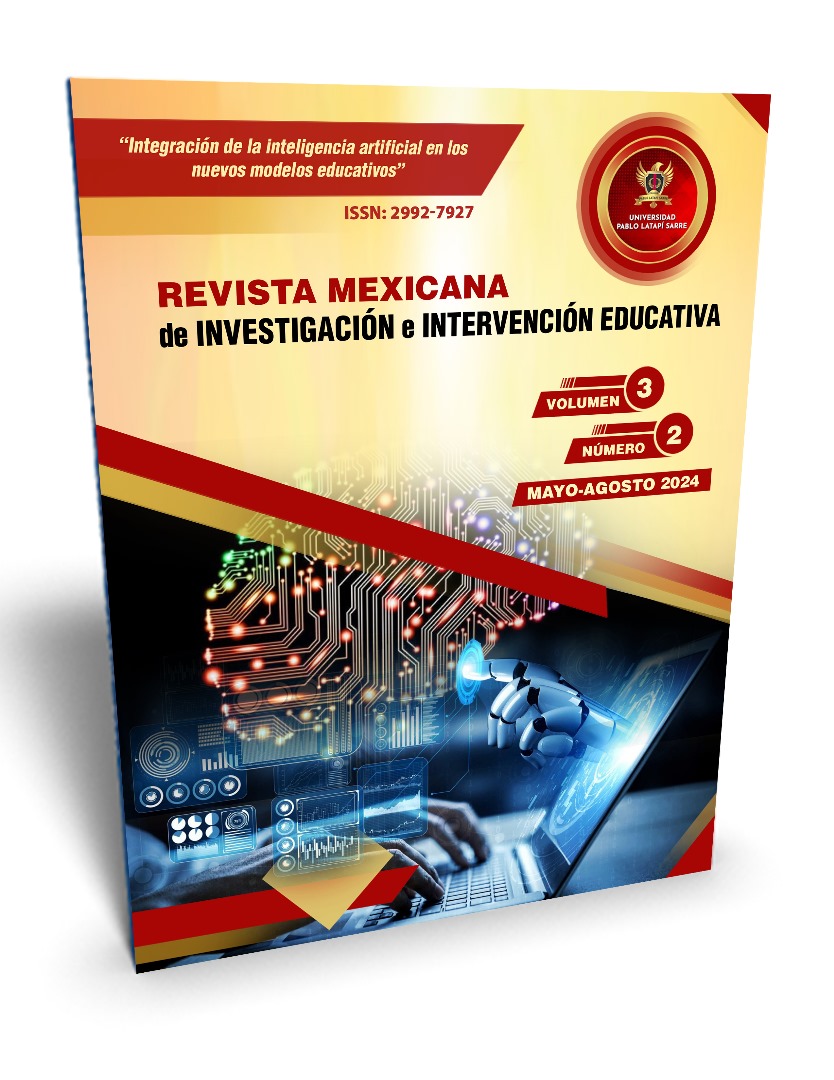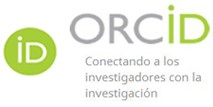Editorial
DOI:
https://doi.org/10.62697/rmiie.v3i2.81Abstract
En educación, la Inteligencia Artificial se ha convertido en un elemento clave al transformar radicalmente la dinámica del proceso de enseñanza-aprendizaje. Su integración en los nuevos modelos educativos permite cambiar la forma en que los estudiantes se apropian de los conocimientos, los docentes imparten los contenidos y las instituciones educativas estructuran el proceso pedagógico.
En 2023, la Organización de las Naciones Unidas para la Educación, la Ciencia y la Cultura reconoce la necesidad de potenciar su uso para fortalecer la educación y contribuir al cumplimiento del cuarto objetivo de desarrollo sostenible: “Garantizar una educación inclusiva, equitativa y de calidad, y promover oportunidades de aprendizaje durante toda la vida para todos”.
En este número de la Revista Mexicana de Investigación e Intervención Educativa (RMIIE), el consejo Editorial reflexiona en relación con la integración de la inteligencia artificial en los nuevos modelos educativos, pues su impacto ha dado lugar a nuevas modalidades de aprendizaje que aportan un valor sustancial a la mejora continua de la educación.
Con su implementación se proporciona un enfoque individualizado para brindar a cada estudiante un estudio más completo, mejorar los resultados en el aprendizaje y la apertura de nuevas dinámicas en aulas o entornos virtuales gracias a la tecnología.
Downloads
Downloads
Published
How to Cite
Issue
Section
License
Copyright (c) 2024 Dr.C. Jorge Luis León-González

This work is licensed under a Creative Commons Attribution-NonCommercial-ShareAlike 4.0 International License.
Authors who publish in Revista Mexicana de Investigación e Intervención Educativa (RMIIE), of Universidad Pablo Latapí Sarre agree to the following terms:
1. Copyright
Authors retain unrestricted copyright to their work. Authors grant the journal the right of first publication. To this end, they assign the journal non-exclusive exploitation rights (reproduction, distribution, public communication, and transformation). Authors may enter into additional agreements for the non-exclusive distribution of the version of the work published in the journal, provided that acknowledgment of its initial publication in this journal is given.
© The authors.
2. License
The articles are published in the journal under the Creative Commons Attribution-NonCommercial-ShareAlike 4.0 International License (CC BY-NC-SA 4.0). The terms can be found at: https://creativecommons.org/licenses/by-nc-sa/4.0/deed.en
This license allows:
- Sharing: Copying and redistributing the material in any medium or format.
- Adapting: Remixing, transforming, and building upon the material.
Under the following terms:
- Attribution: You must give appropriate credit, provide a link to the license, and indicate if any changes were made. You may do this in any reasonable manner, but not in any way that suggests the licensor endorses or sponsors your use.
- NonCommercial: You may not use the material for commercial purposes.
- ShareAlike: If you remix, transform, or build upon the material, you must distribute your creation under the same license as the original work.
There are no additional restrictions. You may not apply legal terms or technological measures that legally restrict others from doing anything the license permits.












